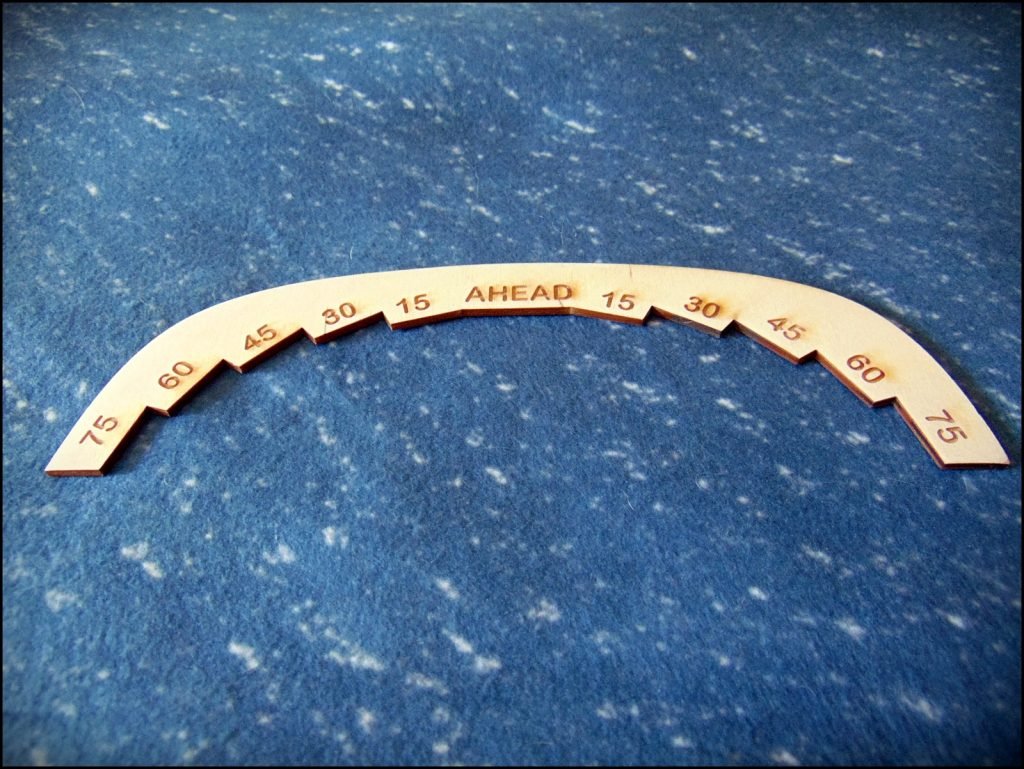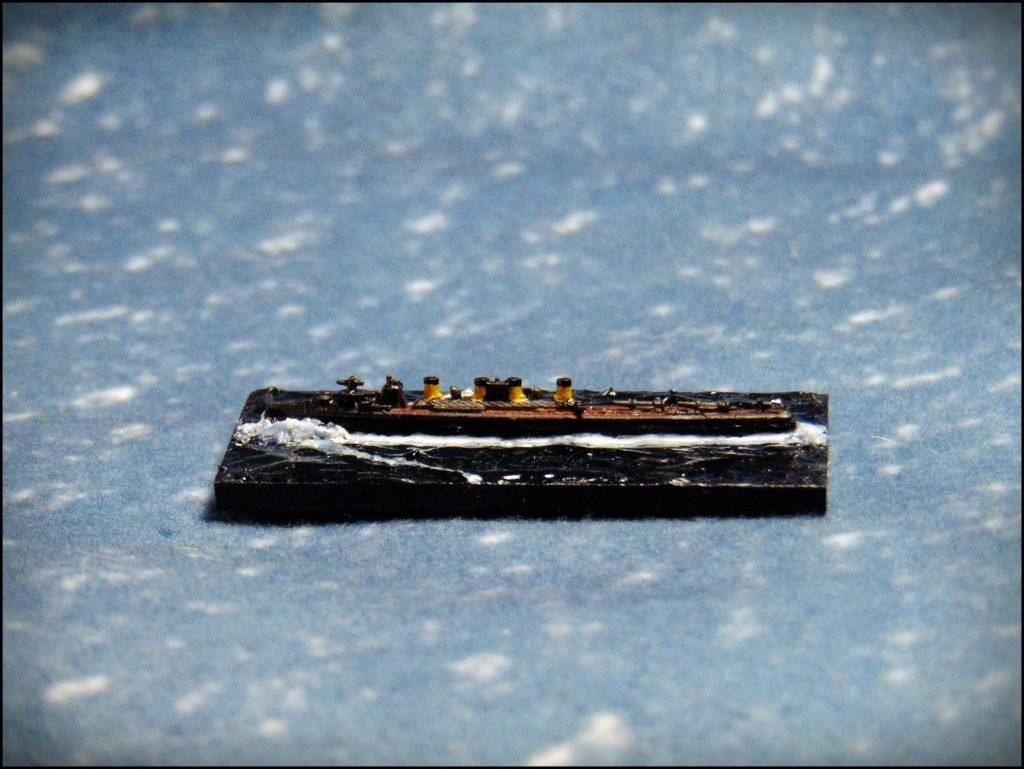Today’s entry is devoted entirely to our upcoming naval wargame Gods of War: Togo.
We recently presented the teaser – trailer for the game – who has not yet had the opportunity to watch it, we encourage you to do so.
Preliminary information
Gods of War: Togo is the third game in the “Gods of War” series. This time the war arena will not be fields of the nineteenth-century America or Europe, but rivers, seas and oceans. Players will be able to command sailing ships in the Battle of Cape St. Vincent or at Trafalgar, ironclads at the Battle of Hampton Roads, or predrednought battleships at the Battle of Tsushima. They will also be able to see what would happen if an old sailing ship met a modern battleship on its way…
Designing “Togo” we focused on two main assumptions – they are universality and modularity.
Universality means that the game mechanics are simple enough to allow you to manage fleets of ships from different eras – from sailing ships of the line to battleships. As a result, due to minor modifications, it will also be able to cover other historical periods. At the same time, the rules of the game are very easy to learn, thanks to which the battles are short, and players do not have to spend a long time over the rulebook. It’s a fast “beer and pretzel” game that provides a huge amount of excitement.
The second key word is modularity. The rulebook will be the base of the basic rules of the game, to which we will add numerous modules, from those that introduce advanced rules that will satisfy every sea wolf, to new historical periods, or types of weapons. Players will decide which modules and what additional rules they want to use. The next modules will be coming out gradually after the premiere of the game and we are also, as usual, very open to our player community and their wishes.
The rules of the main rulebook are simple, clear, universal and – we hope – they are very fun. This allows you to become a true commander of a ship squadron and fire one and a half tonnes salvo of the main artillery towards the enemy.
The shortest battles involving two ships can be played in several minutes, passing through the full spectrum of emotions, which guarantees great fun 🙂
The game divides the history of maritime warfare into several conventional periods. The main rulebook allows for games in ages III (sailing ships), IV (armored ships) and V (predrednoughts). Those who like challenges will also be able to play absurd battles like battleship Mikasa versus 10 sailing frigates and see how it ends 🙂
What is still important – after the introduction of the next modules and the Gods of War: Grant add-on for Lee, Togo will be compatible with gods of War: Lee, thanks to which it will be possible to conduct combined sea-land or river-land operations (such as battles at Vicksburg).
Sir, we invite you aboard your ship to learn more about selected elements of game mechanics.

Game mechanics
Orders, measuring scoops and moving the ships
The mandatory part of the game will be the special rulers and markers – they are used to navigate ships and issue orders. To make moves, the speed ruler and the turn ruler will be used, while the order marker will be used to mark the commands we have given to our ship.
As in Gods of War: Lee, orders in Togo are a very important part of the game. In the sea – in contrast to land, inertia is a very important factor. It is not easy to change the direction of sailing, accelerate or slow down – all this takes time. Therefore, each ship will have to receive two orders – for the current turn (order A) and the next one (order B). At the beginning of the next turn, order B will become order A, and we will have to issue a new order B – always one turn in advance! It is not easy to control such a big ship and it will require some practice – we will only add that many testers in their first game in their life sailed into the island, rammed their own units, etc. 🙂 However, you can quickly get an “eye” and assess where your ship will be. Soon, you can reach incredible skill and perform extremely complicated maneuvers in narrow straits.
Order markers will come in two versions – regular (economic) and PREMIUM, specially created to resemble a compass, with an opening lid etc. Thanks to such a marker you will be able to feel like a real captain checking the course with a compass!

Ruler for 3rd and 4th epoch 
Ruler for 3rd and 4th epoch 
Ruler for5 th epoch – reverse of the first one 
Ruler for 5th epoch 
Turn ruler 
Turn ruler 
Order marker (PREMIUM) 
Order marker (PREMIUM) 
Order marker (PREMIUM)
When giving orders to our ship, we must determine the speed (broken down into several types) and the direction of sailing. After activating the unit, we perform our actions, placing rulers next to the ship.

First, we place a speed measure. 
We make a move in accordance with the order given and the possible speed of the ship. 
Then we add a measuring tape to the front of the ship. 
And we make a return by the angle specified in the order. The system is extremely fast and simple.
Open fire!
After making the movements of the ship, we can open fire. Most ships are equipped with cannons, which we divided into three categories – main, medium and light guns. The parameters of each cannon depend on the ability of its historical counterpart.
Each cannon has a specific range, category described above and AP (armor piercing) value. We designate the enemy ship that is to be the target of our fire, declare which cannons will shoot at it and throw the appropriate number of d6 dice. There are several hit modifiers, but it depends mainly on the distance, category of the cannon that shoots and ship classes (e.g. battleships are class 1 ships, destroyers 4). The smaller the ship, the larger the cannon and the greater the distance – the harder it is to hit. Therefore, for example, for firing at destroyers, light and possibly medium artillery are best suited, the main battleships should be left to fire at other Class I ships.
Check if you hit, then add the result of the dice roll to your cannon’s AP and compare it with the opponent’s armor. If your score is higher, you’ve pierced his armor and dealt as much damage as the difference between our AP+dice and his armor.
However, this is not all, because many shots can trigger the so-called critical hits that can damage the engine room, bridge, rudder, cause a fire, and even cause an ammunition to explode. These events provide an incredible dose of emotion during the battle.
When the ship’s durability drops to 0, it is sunk.
Ship Cards
All ship statistics are on special cards – they will always be attached to the model and are necessary for the game. They contain all statistics of a given ship, name, nationality, class, point cost, speed, maximum turn value, armor, weapon information, hit points and special rules.
Each card will be delivered in a sleeve. This is necessary because the ship’s hit points loss will be marked with a marker pen (preferably black) – this is definitely a faster way than putting markers or dices and it proved to be excellent in tests. Back at home, we can erase what we drew, e.g. with a damp cotton swab (sometimes with little alcohol in it).

Special rules
The main rulebook will contain several special rules that enrich the gameplay, including rules for ramming, boarding, minefields, branders, forts, and mortar shooting.
It is also worth adding that for each ship we will be able to buy upgrades (or deteriorations), such as better quality coal, or a captain – an artillery specialist. This will allow us to create a fleet tailored to our dreams!
Scenarios
The basic version of the rulebook will contain 18 scenarios, divided into 2 categories: meeting engagements and special scenarios. The former are designed for the most even gameplay, the latter will give players interesting challenges instead of balancing. Below are the diagrams showing two selected scenarios, one from each category.
As you can also see, the scenarios are also divided into river and sea – players will be able to choose which one they will play.
Ship models
Apart from the oldest models, all our ships are manufactured in 3D printing technology and designed on a computer. They are created on a 1: 1200 wargaming scale, so they are quite large models – battleships are over 10 cm long, destroyers around 4 – 5.
The base models are devoid of masts (except for sailing ships, of course – they have masts). This is a necessary decision, resulting from caring for the duralibity of the models – resin masts could break very quickly in battle heat. Conversions will be available to those who will want to change their models, thanks to the cooperation we have started with the company Mikrostocznia.
Each ship must be placed on a base (this is needed for the rules of the game). Below are some graphics of our ships (I wonder if anyone will guess what ships they are).
And here are some examples of painted models, visible in various situations.
When will you be able to play?
The premiere of the Polish language version will take place this year. All additional elements, rulers, and above all ship cards are made in English. So after the premiere we will be able to start translating the game into English. We expect it to be ready in the first half of next year.
However, our ships will be available much earlier. You can use them for any games. They will be available through our wholesaler and shop website: BOLTER.PL
Who will you play?
Finally, a bit about publishing plans when it comes to models.
Initially, there will be two epochs 4 – ironclads and 5 – predrednoughts.
The 4th era will allow us to play battles during the American Civil War, check how the battle of Virginia and Monitor will end, or the battle for Mobile Bay. But we will also be able to lead our ships in the battle of Lissa, and also play completely hypothetical clashes, e.g. would French Gloire cope against the British HMS Warrior?
Here, we will initially start with two nations: the Union and the Confederation, which will gradually reach the next.
The 5th era has two major wars: American-Spanish and Russo-Japanese. Other important fleets from this period, British, French, German and Italian will also be available.
Here from the beginning Japanese, Russians, Americans and Spaniards will appear. After a while, more fleets will join them.
Each era will have its own starter, containing accessories needed for the game and the first ships.
We hope that this article has aroused your interest. Games in Togo are extremely exciting – testers can confirm this, as well as people who played the beta version on the Fields of Glory in 2019.
Now is the time to get a good captain uniform. Soon you will enter the bridge and take command of a powerful ship!



























